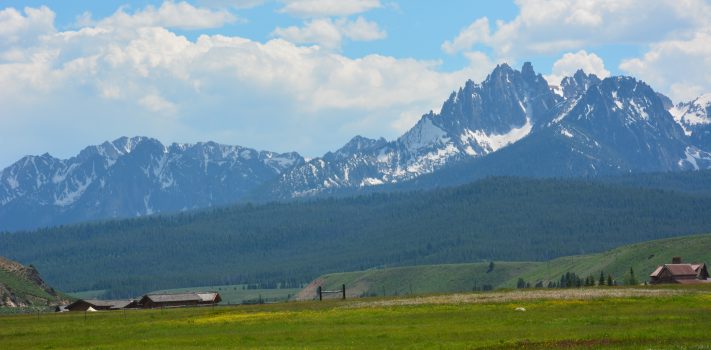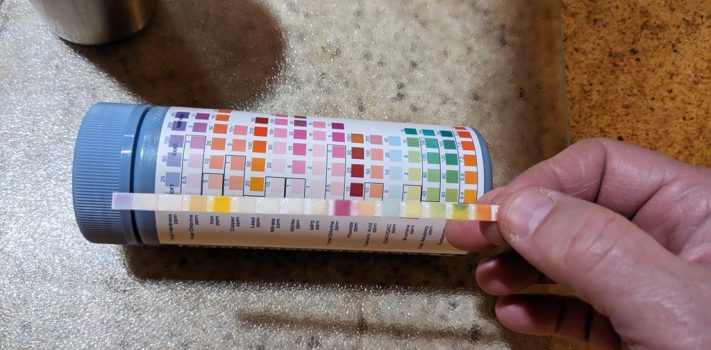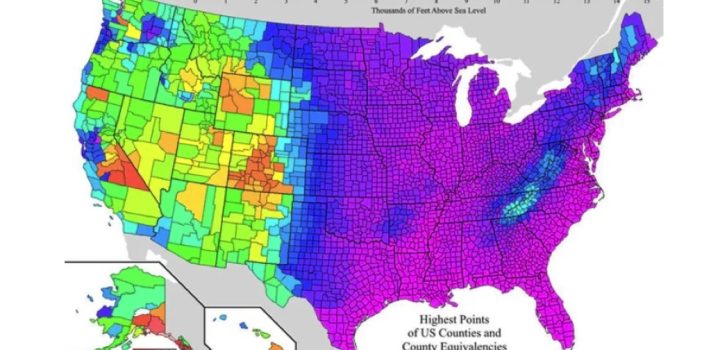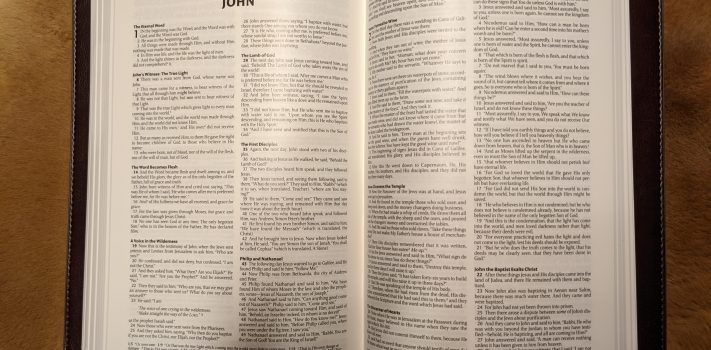Our weekly Snippets column is a collection of short items: responses to posted articles, practical self-sufficiency items, how-tos, lessons learned, tips and tricks, and news items — both from readers and from SurvivalBlog’s editors. Note that we may select some long e-mails for posting as separate letters.
—
A quite informative video: Off-Grid Internet + Emergency Comms? Starlink Mini Might Be The Piece Of Tech You’ve Been Missing. JWR’s Comments: For storage, I’d recommend using a big milsurp 20mm ammo can with an RF gasket retrofit, for some EMP/solar flare Faraday cage protection. I’m hopeful that the promised next generation of Starlink Mini units that will be manufactured to cater to the RV crowd will allow more efficient DC-to-DC operation. (Rather than the present-day inefficient DC-to-AC inversion and then back to DC kludginess.) All that you will need to worry about is providing a stable 12-volt DC power source. When that generation is released is when I plan to make the switch and retire our First Generation Starlink with the round antenna. Starlink: The Next Generation will be better suited to the off-grid power system at our ranch, and it will also give us the option of going mobile, in our RV/bugout vehicle. (Even folks like us, who live at our retreat year-round, need to have a bugout plan. We had to evacuate our ranch for two weeks a decade ago, because of some local forest fires. As serious preppers, we see the need to have contingency planning. We never know when we might have to evacuate again, for whatever reason.) – JWR
o o o
Carney says Canada in talks to join Trump’s Golden Dome defence system.
o o o
Outdoor Life: The Best Solar Chargers of 2025, Tested and Reviewed.
















